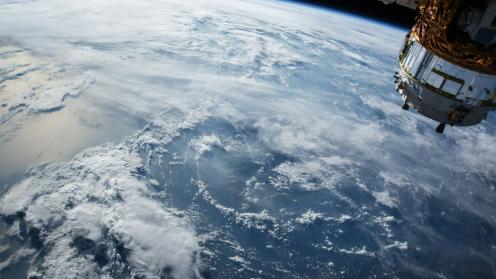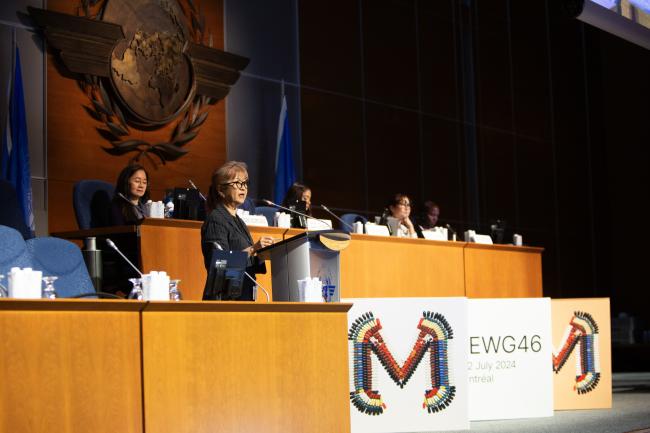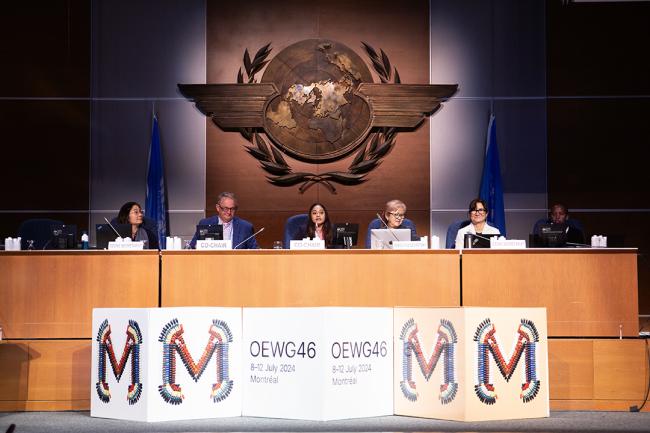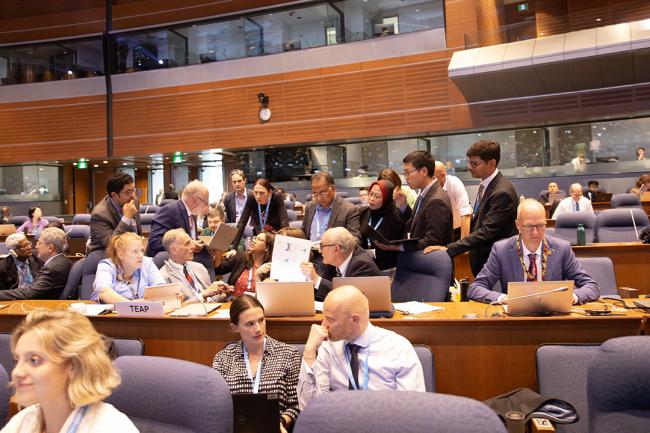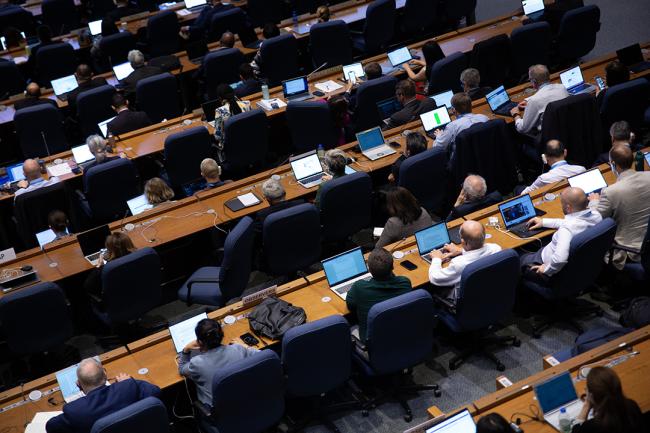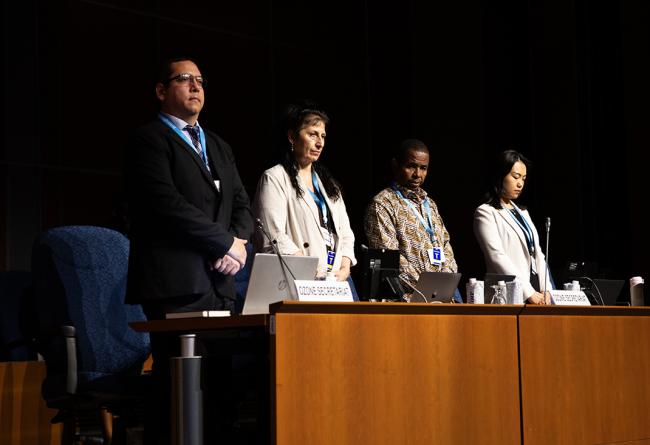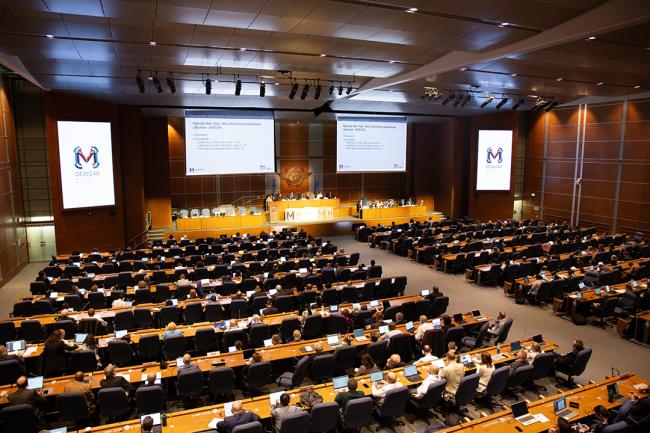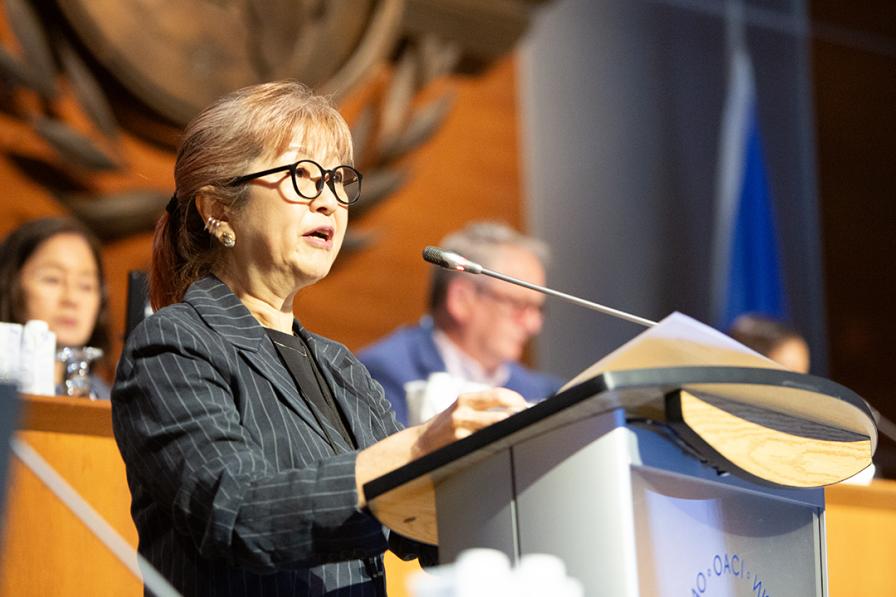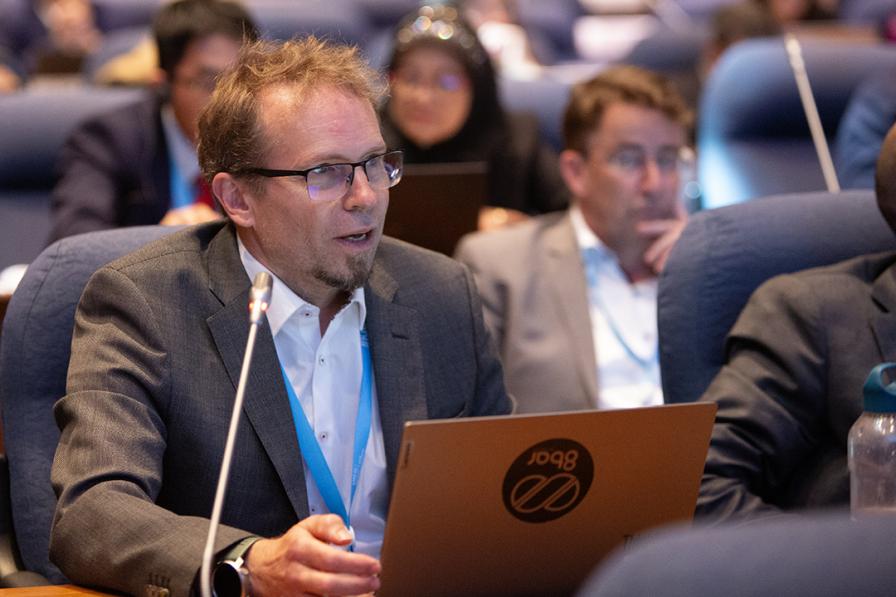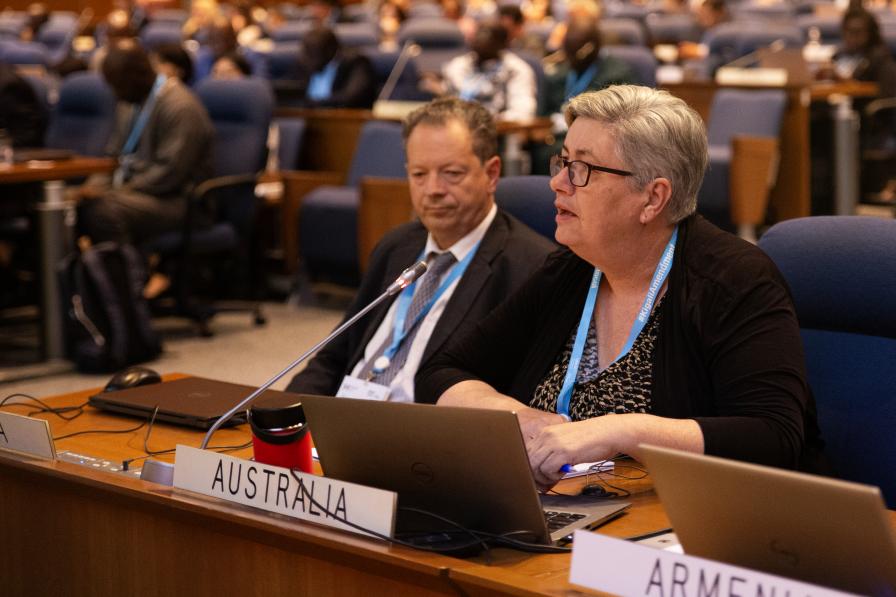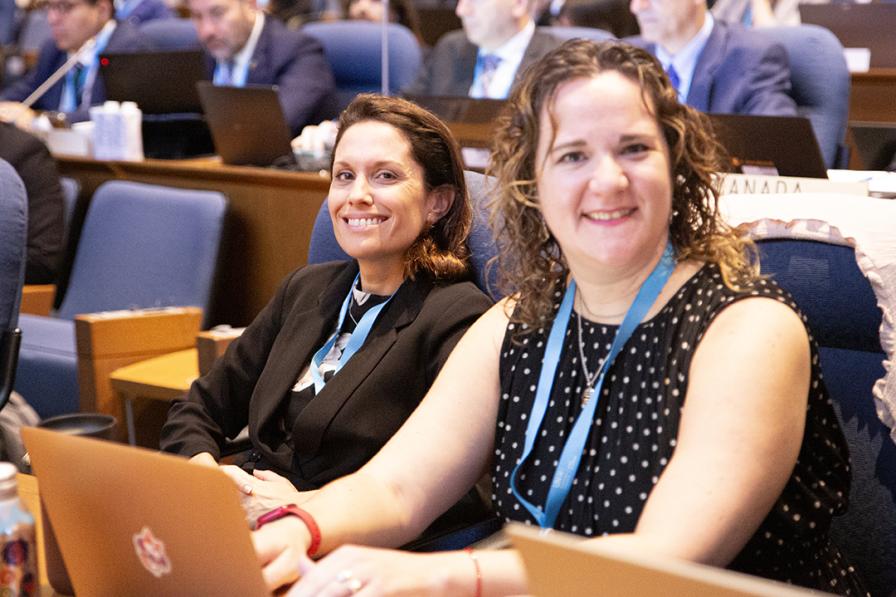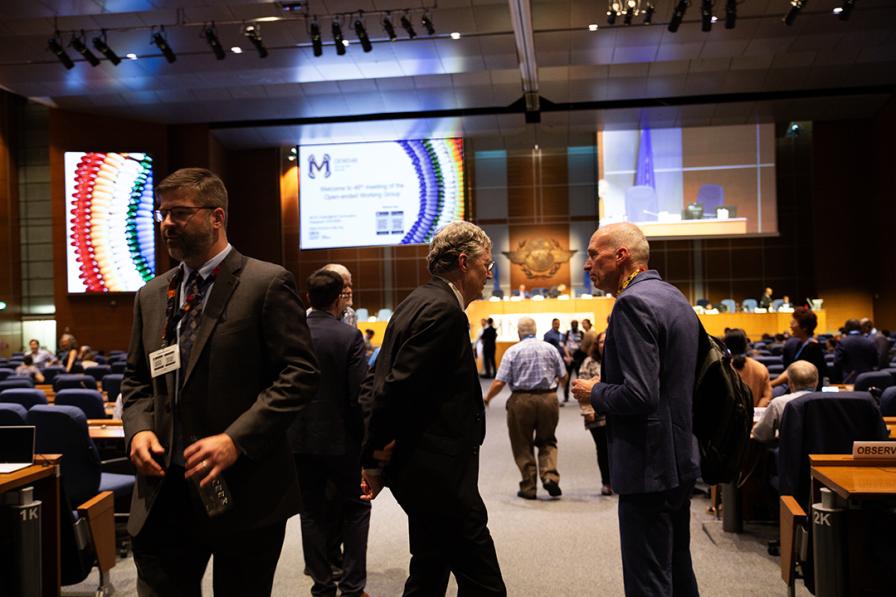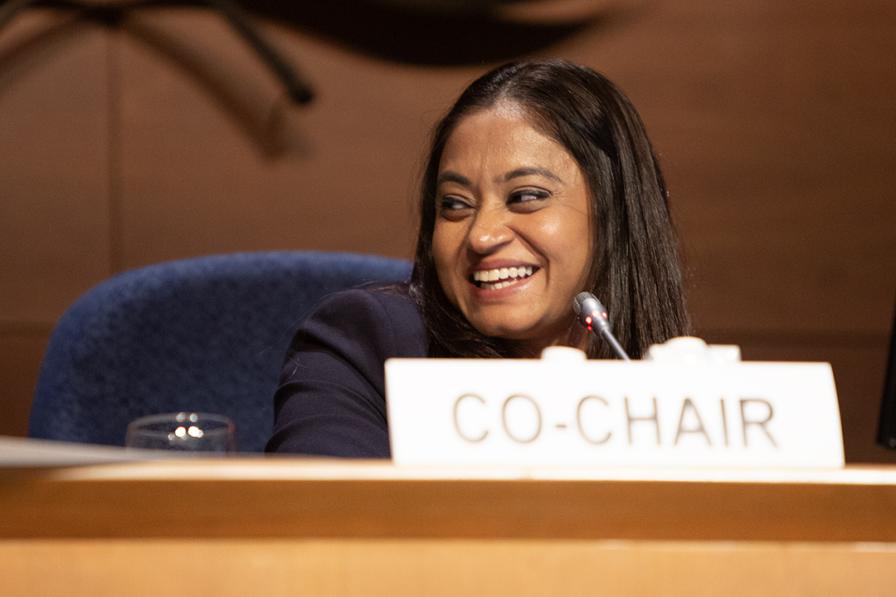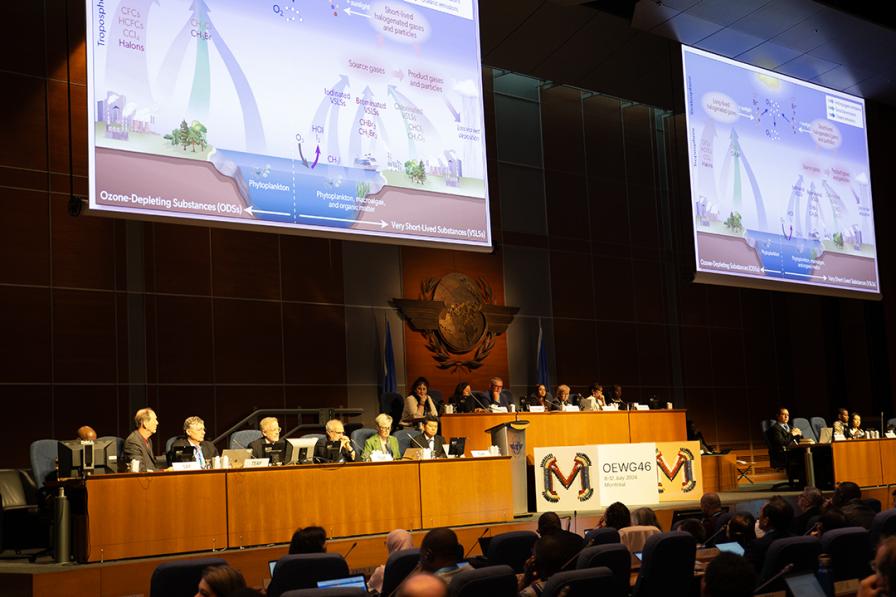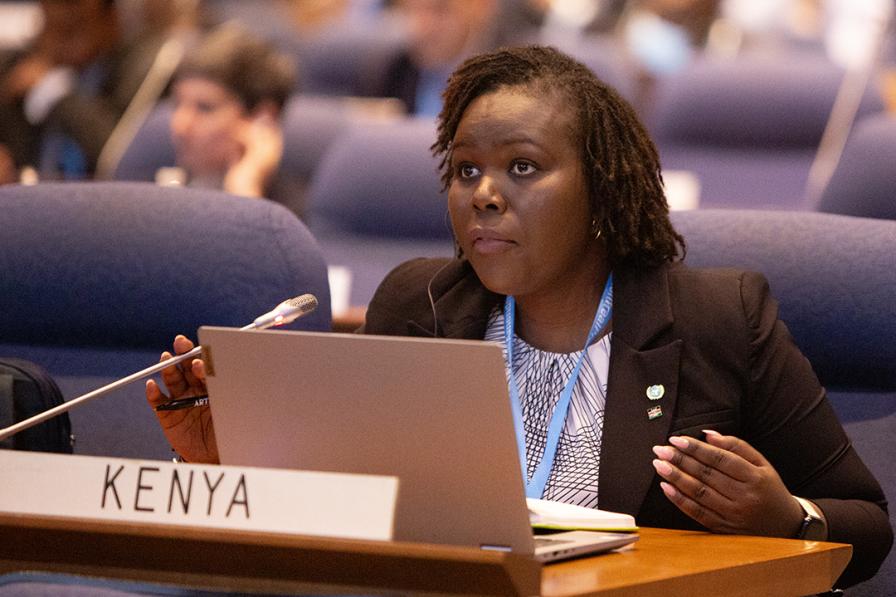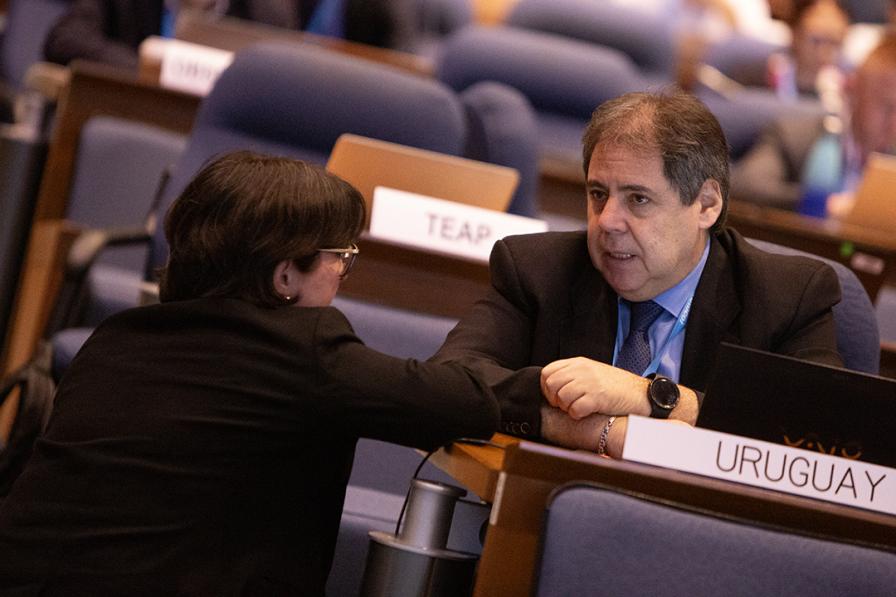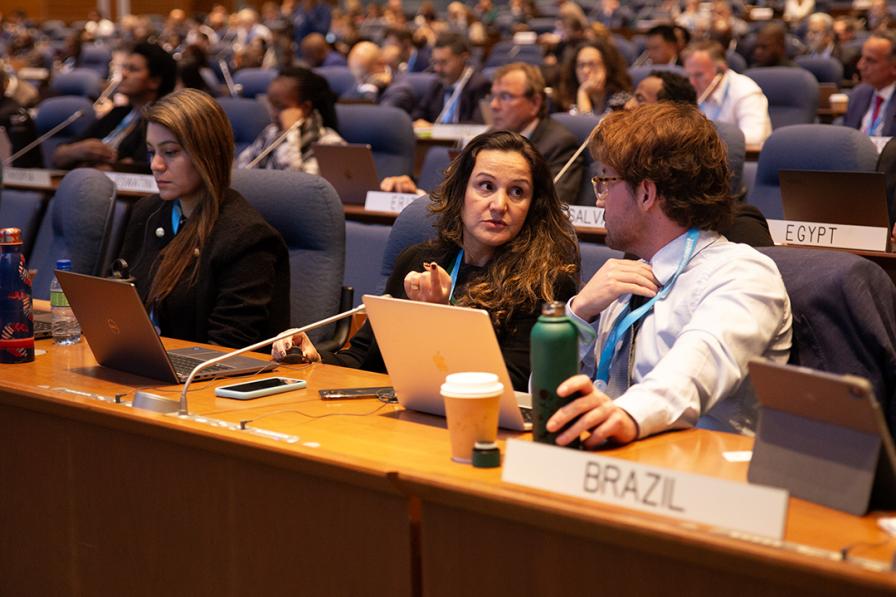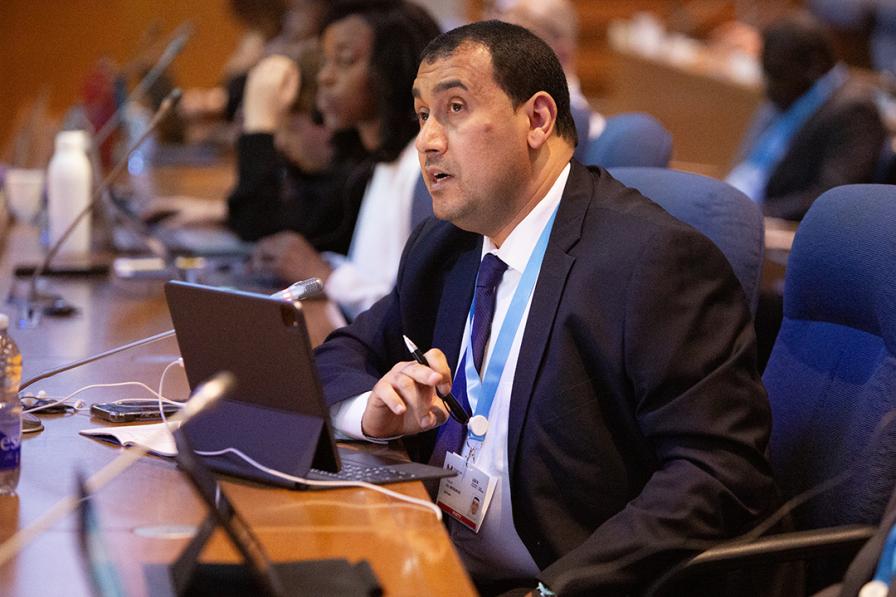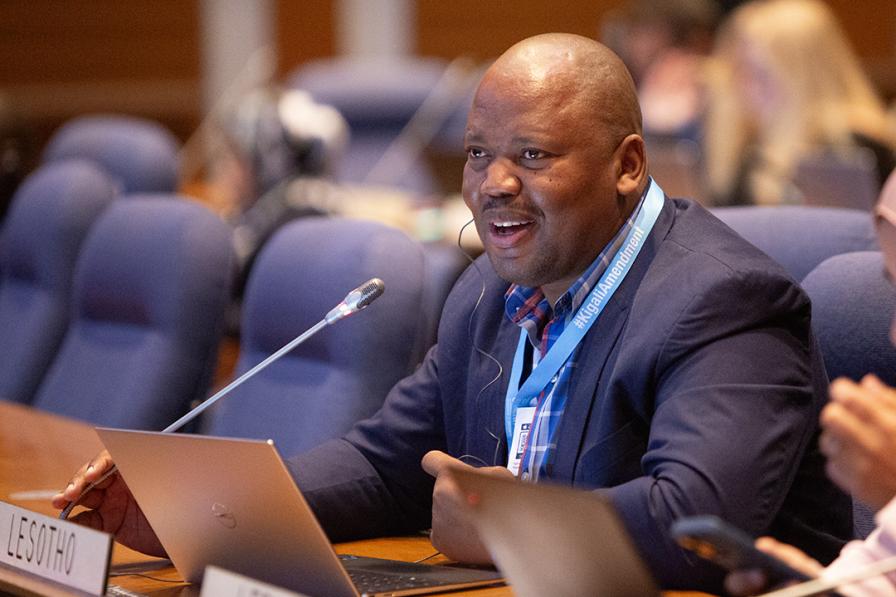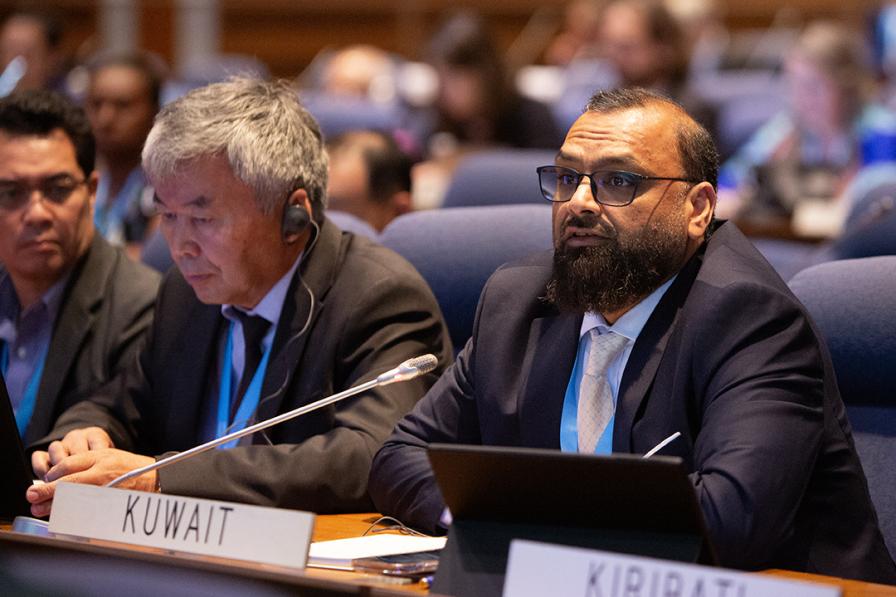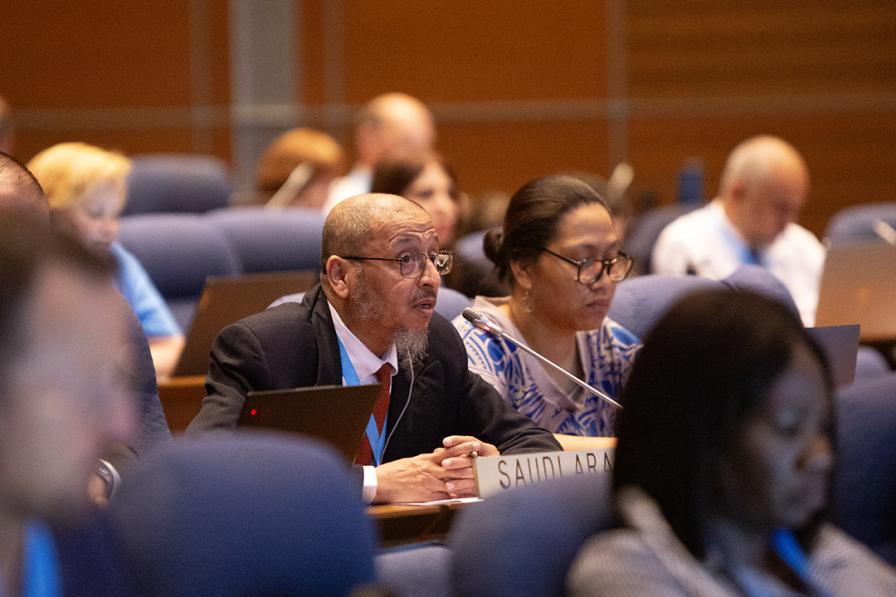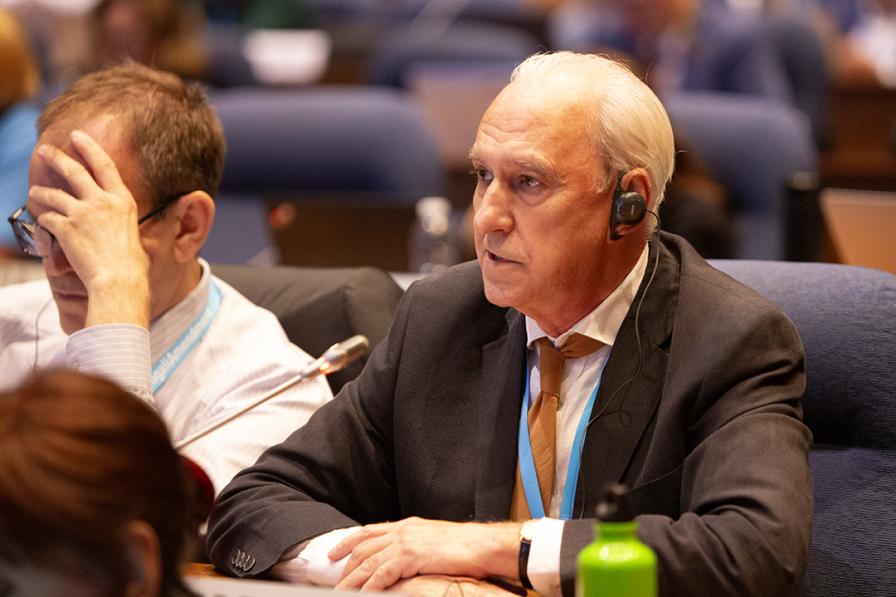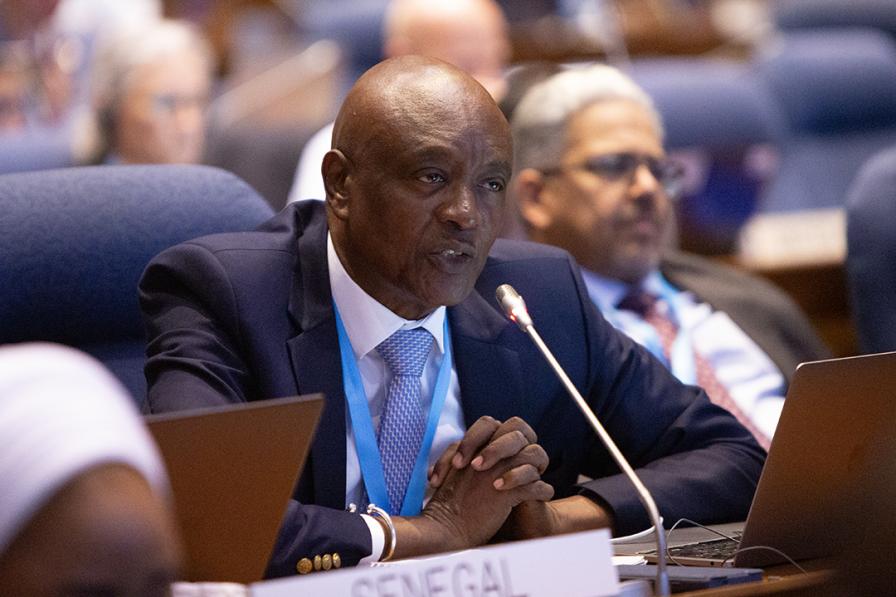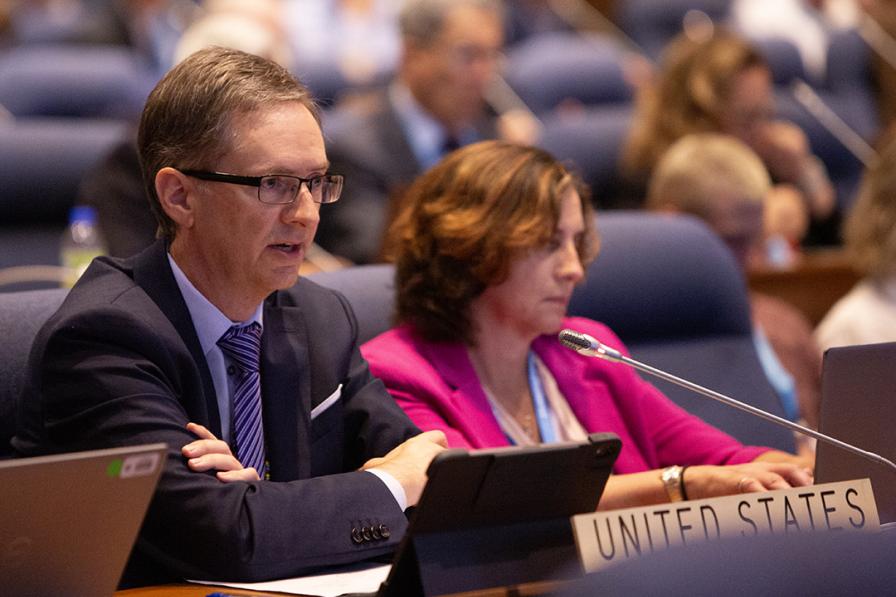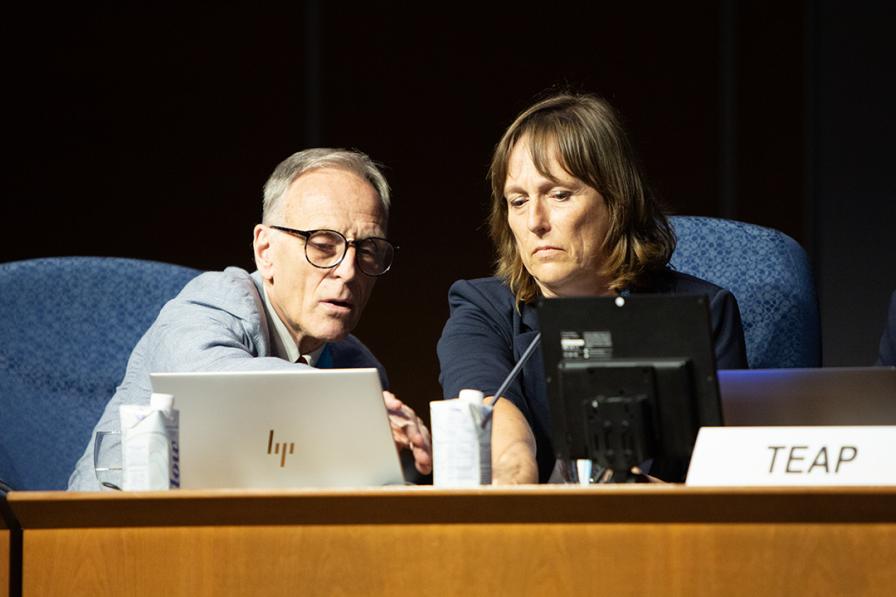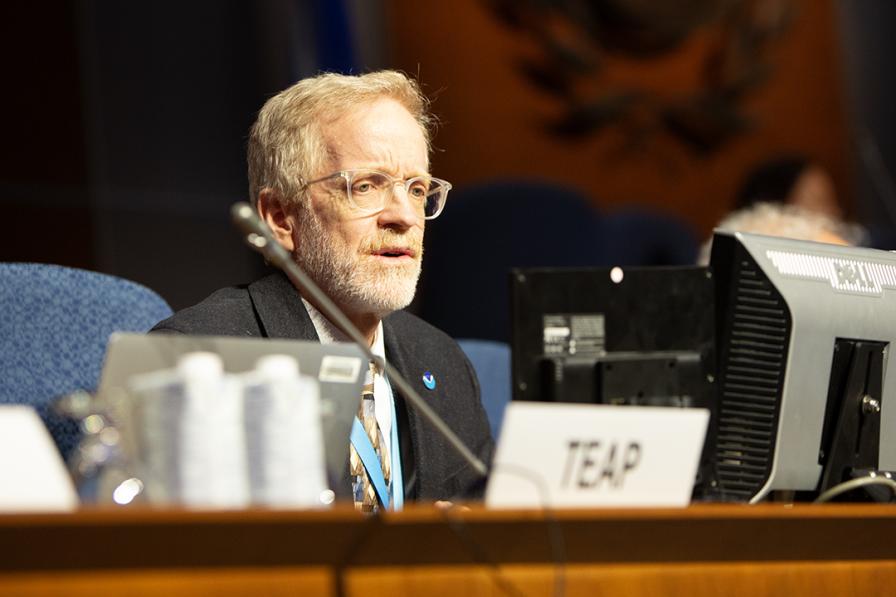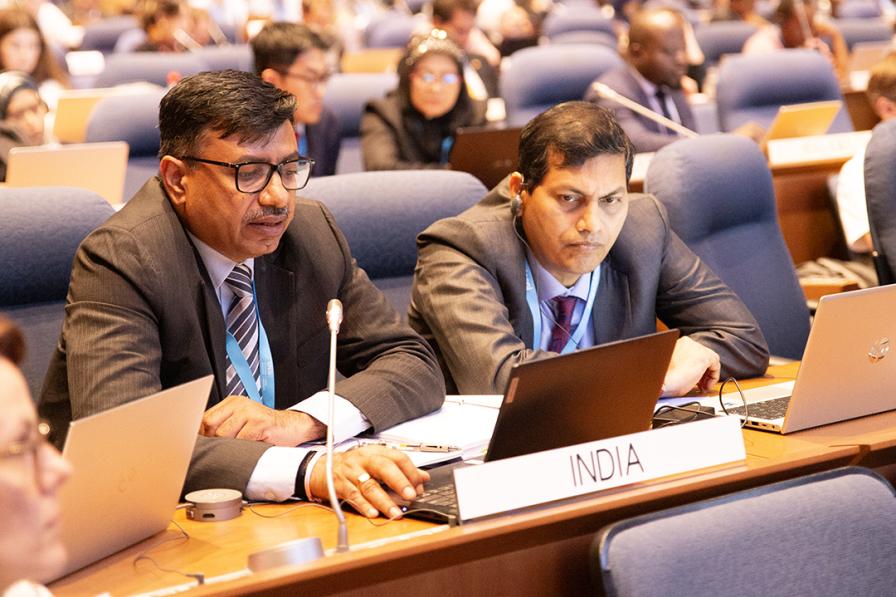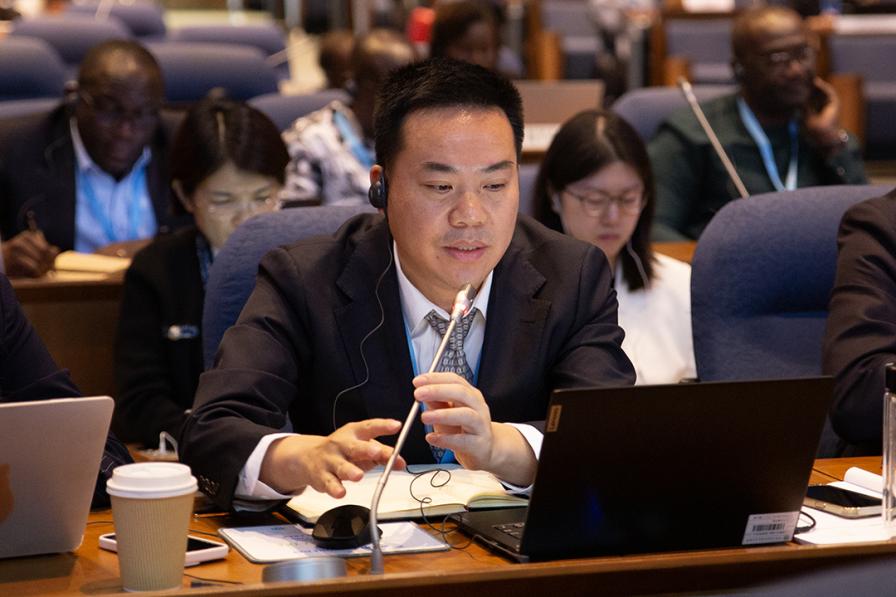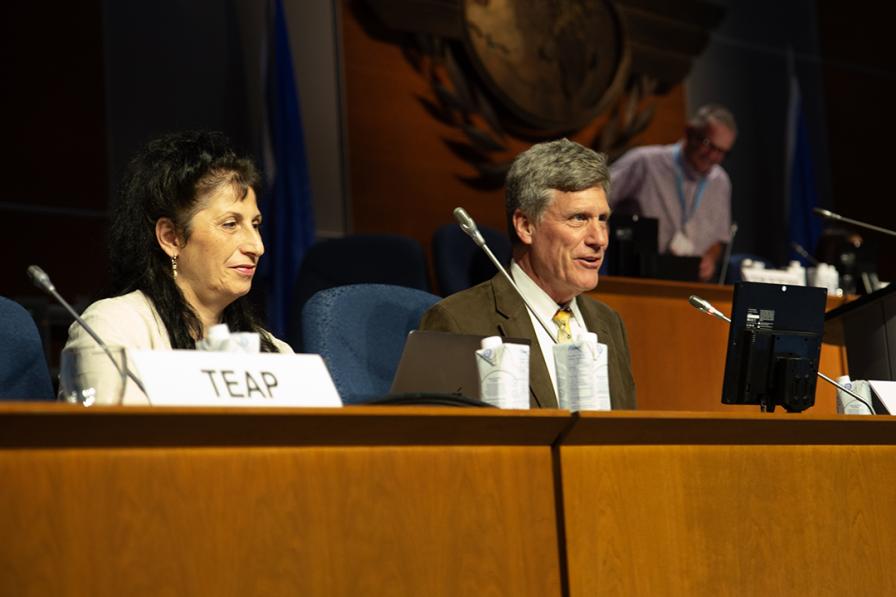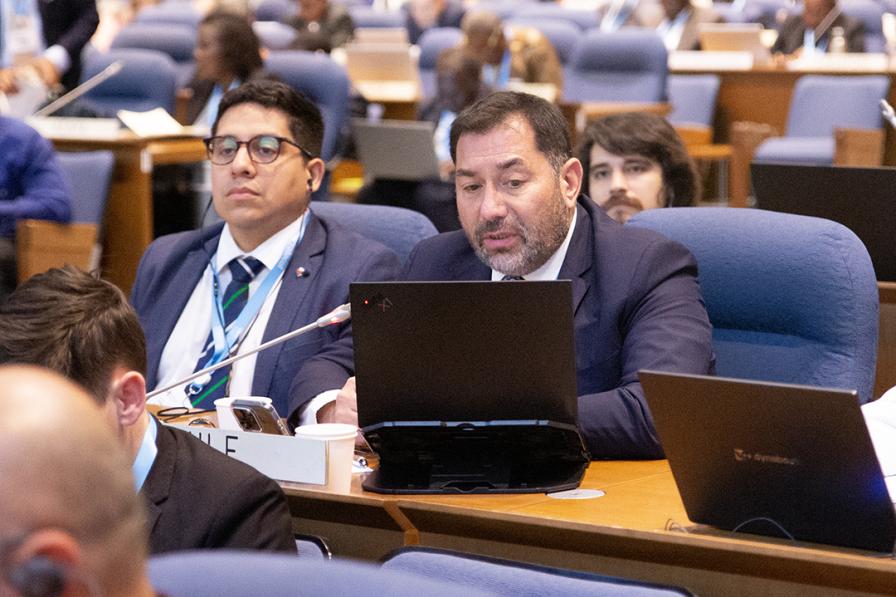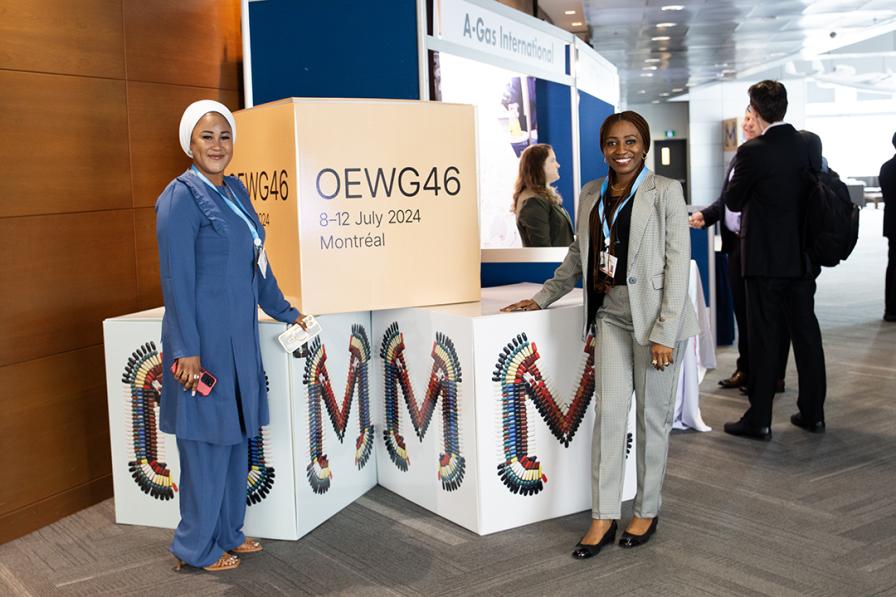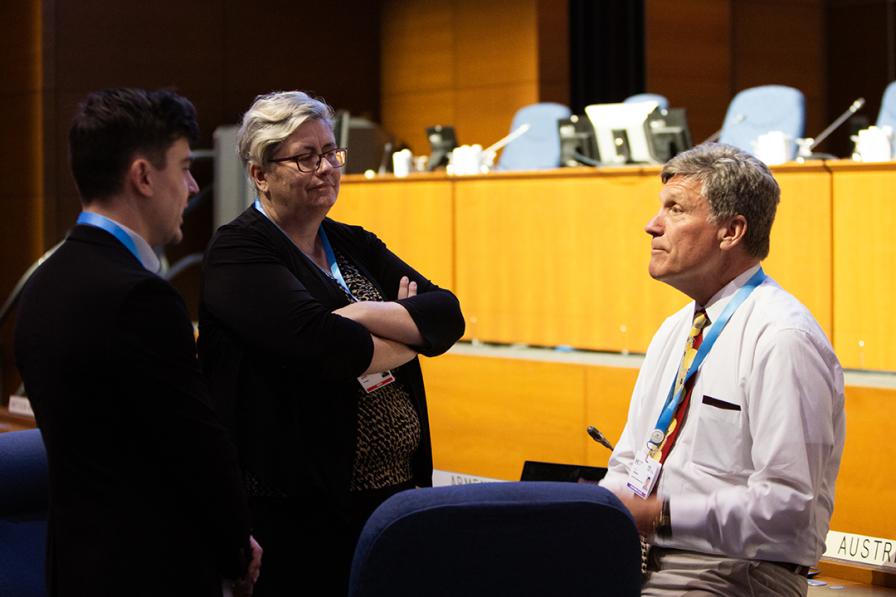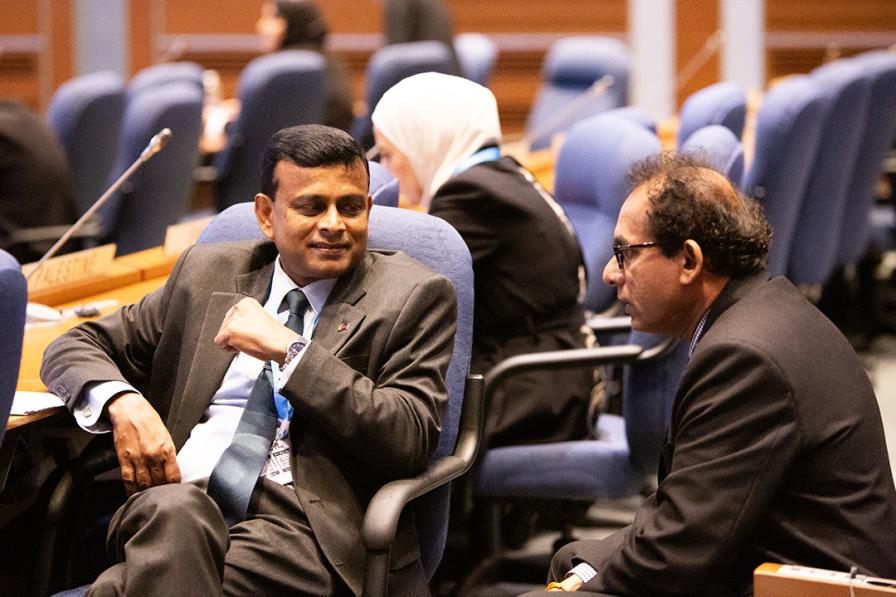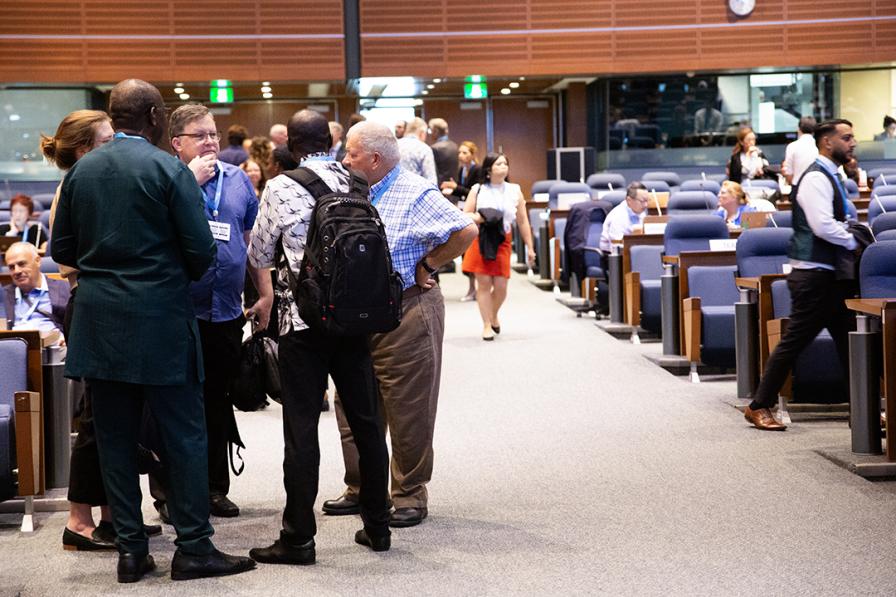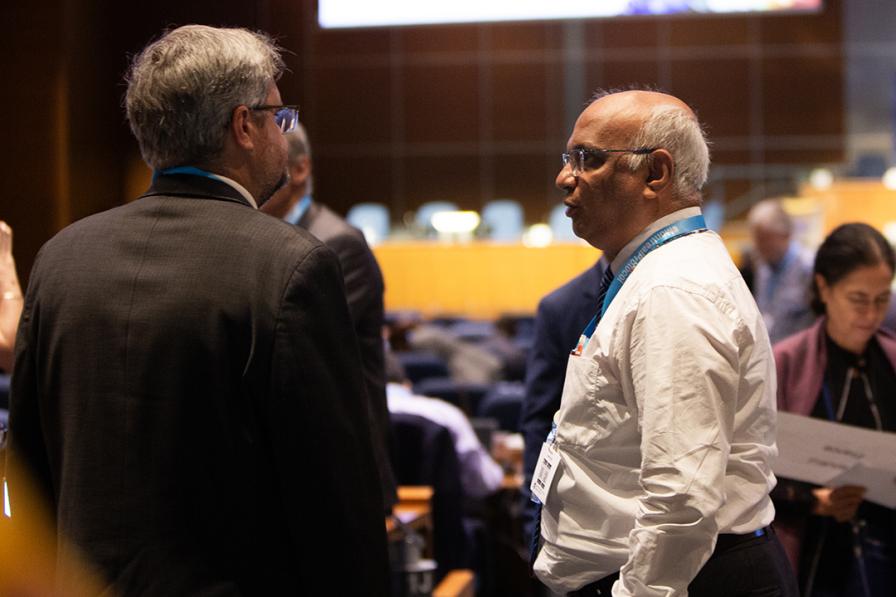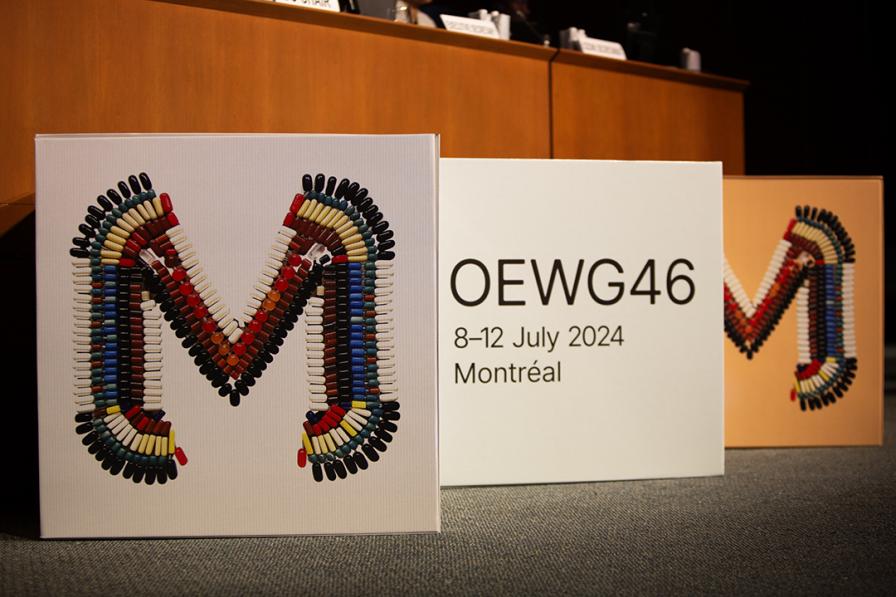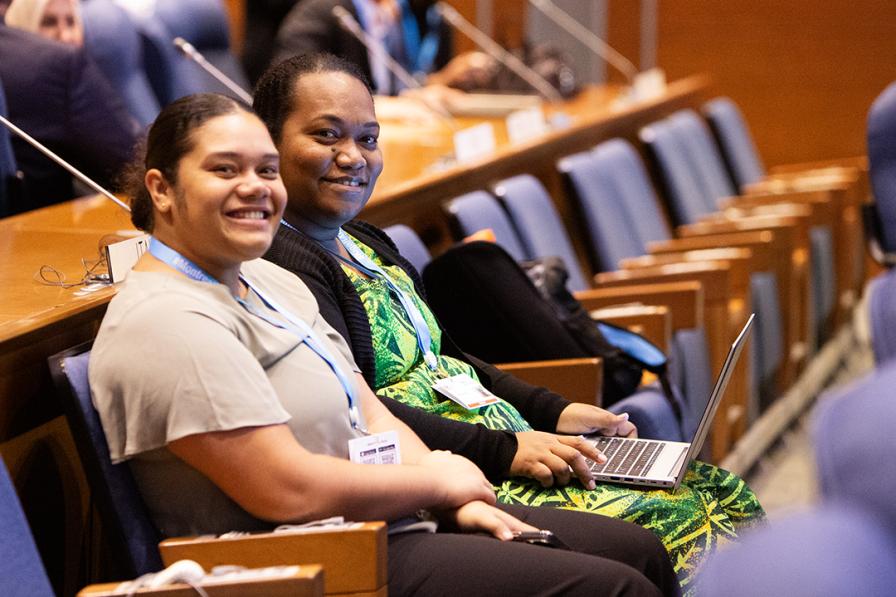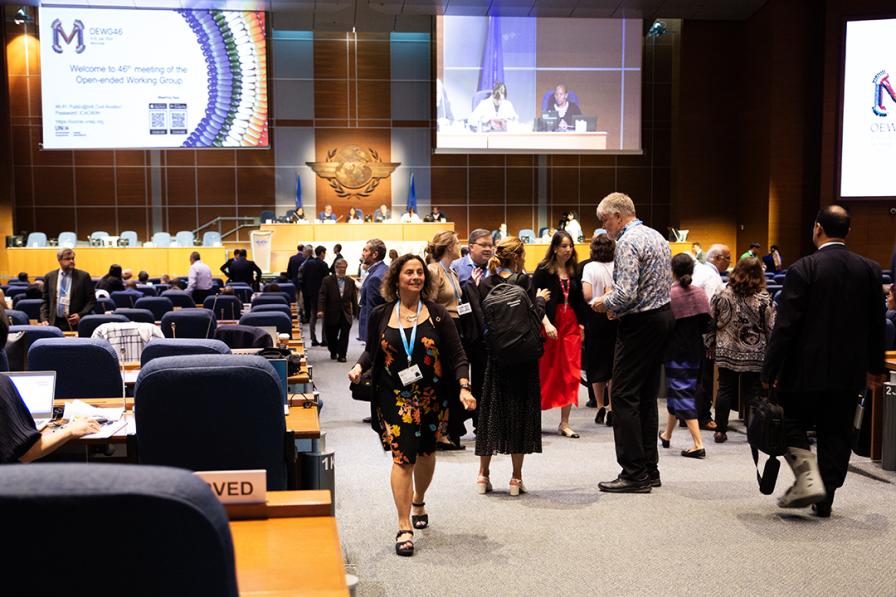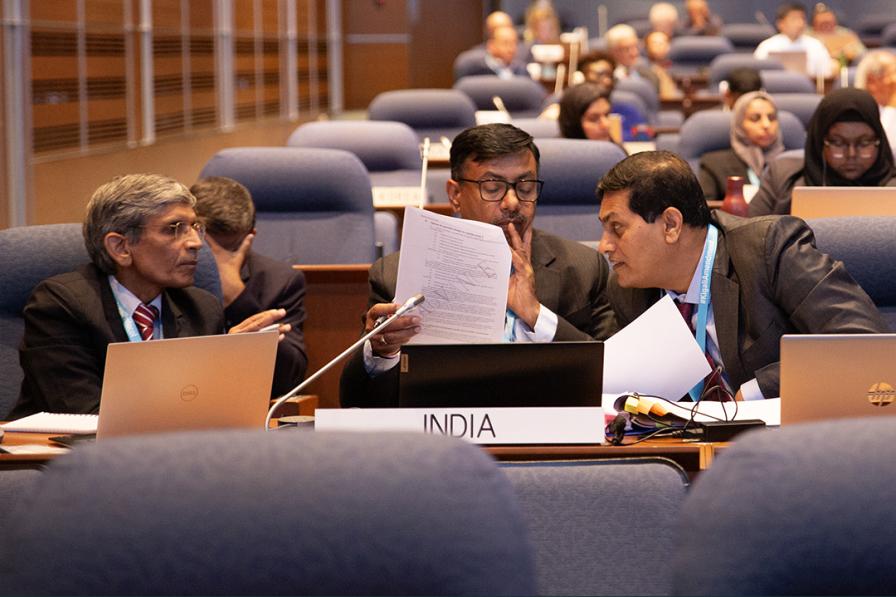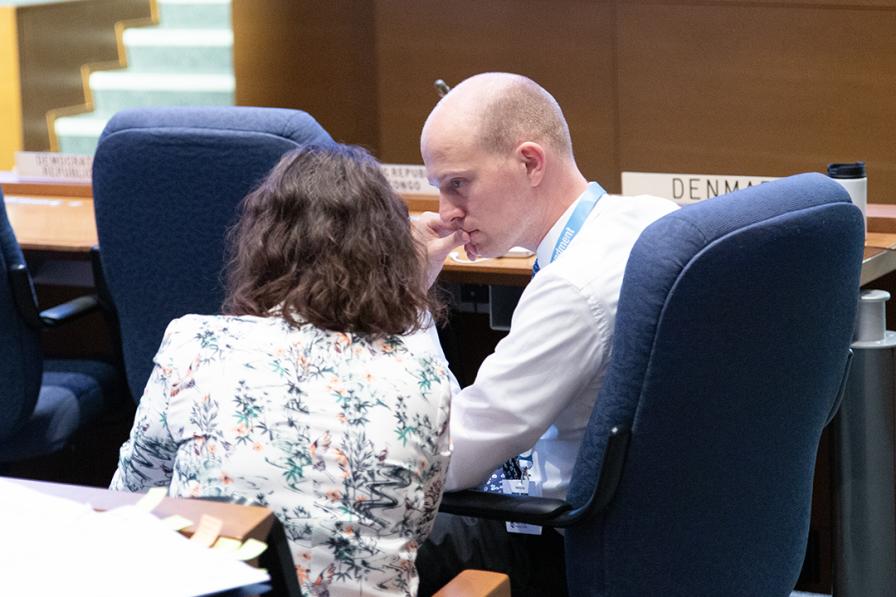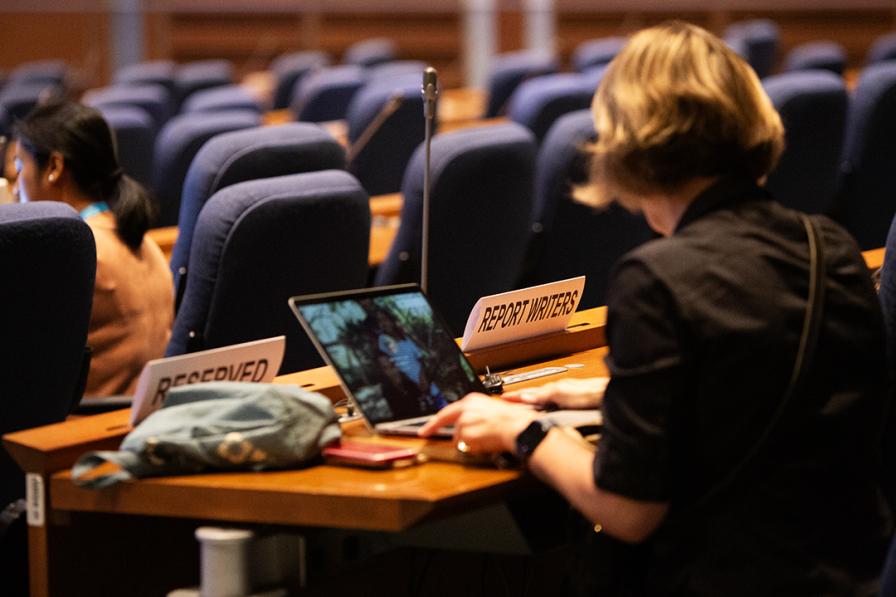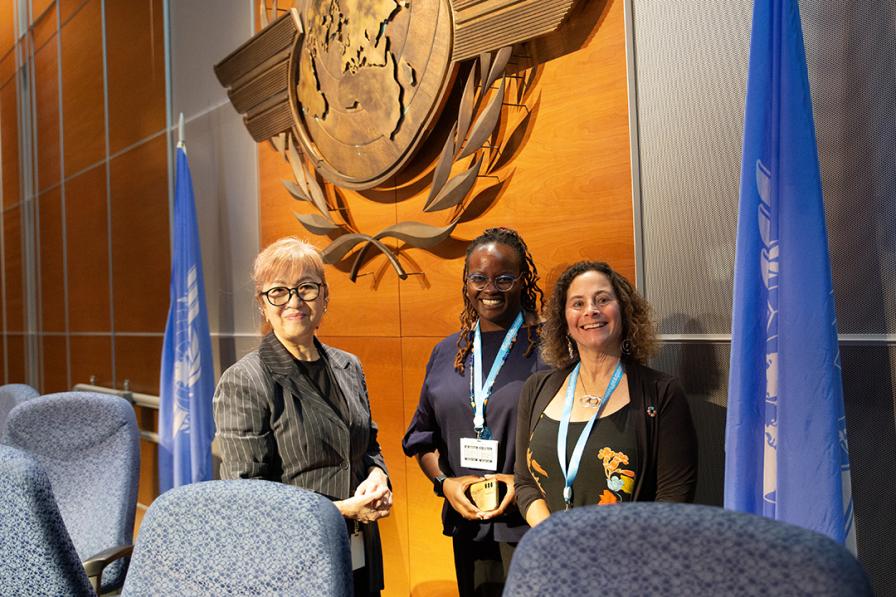Should the Montreal Protocol expand its mandate to control very short-lived substances (VSLS)? Do they actually have an impact on the ozone layer? These were the big questions delegates grappled with on the first day of the 46th session of the Open-ended Working Group (OEWG) of the Montreal Protocol on Substances that Deplete the Ozone Layer.
In her opening remarks, Megumi Seki, Executive Secretary, Ozone Secretariat, highlighted the Secretariat’s efforts to raise the Protocol’s profile, including hosting a pavilion during the 28th meeting of the Conference of the Parties to the UN Framework Convention on Climate Change in 2023. She shared that the Protocol had served free ice-cream at the pavilion, which was stored in R290-powered refrigerators, and noted the ice-cream came in exchange for a brief lecture on the enormous benefits of efficient cooling systems for both the Earth’s ozone layer and its climate.
Guided by reports presented by the Technology and Economic Assessment Panel (TEAP) and the Scientific Assessment Panel (SAP), including the TEAP’s 2024 Progress Report, delegates continued discussions opened at previous sessions on whether the Montreal Protocol’s mandate covers VSLS. Several called for more information about whether these substances have any impact on the ozone layer. Others pointed to studies in the public domain on the short-lived halons, noting these could be included in future reports of the relevant Assessment Panels.
These discussions are important as they concern whether to expand the mandate of the Protocol. Canada, the US, Australia, and the EU, while acknowledging more scientific information is necessary, argued that any VSLS that have a negative impact on the ozone layer need to be addressed by the Protocol. However, others were not convinced that there is enough information for Protocol parties to act on VSLS.
India, Lesotho, Saudi Arabia, and Malaysia called on the TEAP and SAP to provide more quantified information on uses and emissions in their next report, including a detailed mapping of alternatives. China reiterated that the impact of VSLS on the ozone layer is small, underlining the need to wait for a better understanding of the issue. The Russian Federation noted that considering this matter would be futile since more than 90% of VSLS are used as feedstock with no atmospheric emissions that could impact the ozone layer.
Malaysia, among others, noted some VSLS used as feedstock are also used in the production of polyvinyl chloride (PVC), which is used in the manufacture of essential items such as plastic piping and electric wire insulation. How would controlling these feedstocks affect PVC production?
On Monday evening, Canada introduced a conference room paper (CRP) to request targeted information from the TEAP and the SAP on VSLS. Delegates established a contact group to further consider the new proposal. The group held its first meeting in the evening.
Another big-ticket item under discussion on Monday was lifecycle refrigerant management (LRM). Many countries called for clarification on the TEAP LRM Task Force report, specifically calling into question the cost of reclamation technologies, which have proven to be prohibitive in high ambient temperature countries and low volume consuming countries, among others.
Throughout the day, delegates also addressed issues related to:
- feedstock uses of controlled substances;
- emissions of carbon tetrachloride (CTC); and
- enhancing the global and regional atmospheric monitoring of substances controlled by the Montreal Protocol.
Delegates also held a moment of silence to pay tribute to their colleagues, Patrick McInerney (Australia) and Jacques Glaï Monlolamon (Côte d’Ivoire), who sadly passed away during the intersessional period.
All ENB photos are free to use with attribution. For this event, please use: Photo by IISD/ENB | Angeles Estrada Vigil
To receive free coverage of global environmental events delivered to your inbox, subscribe to the ENB Update newsletter.
